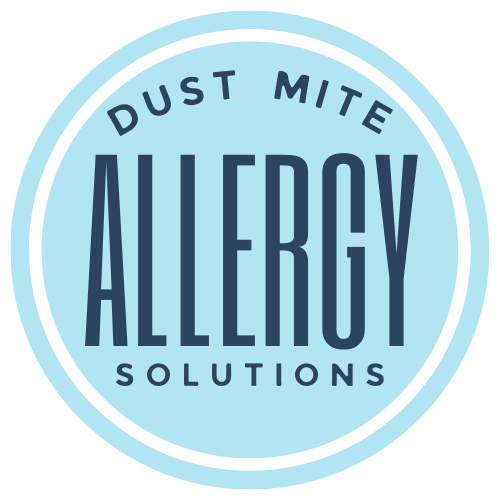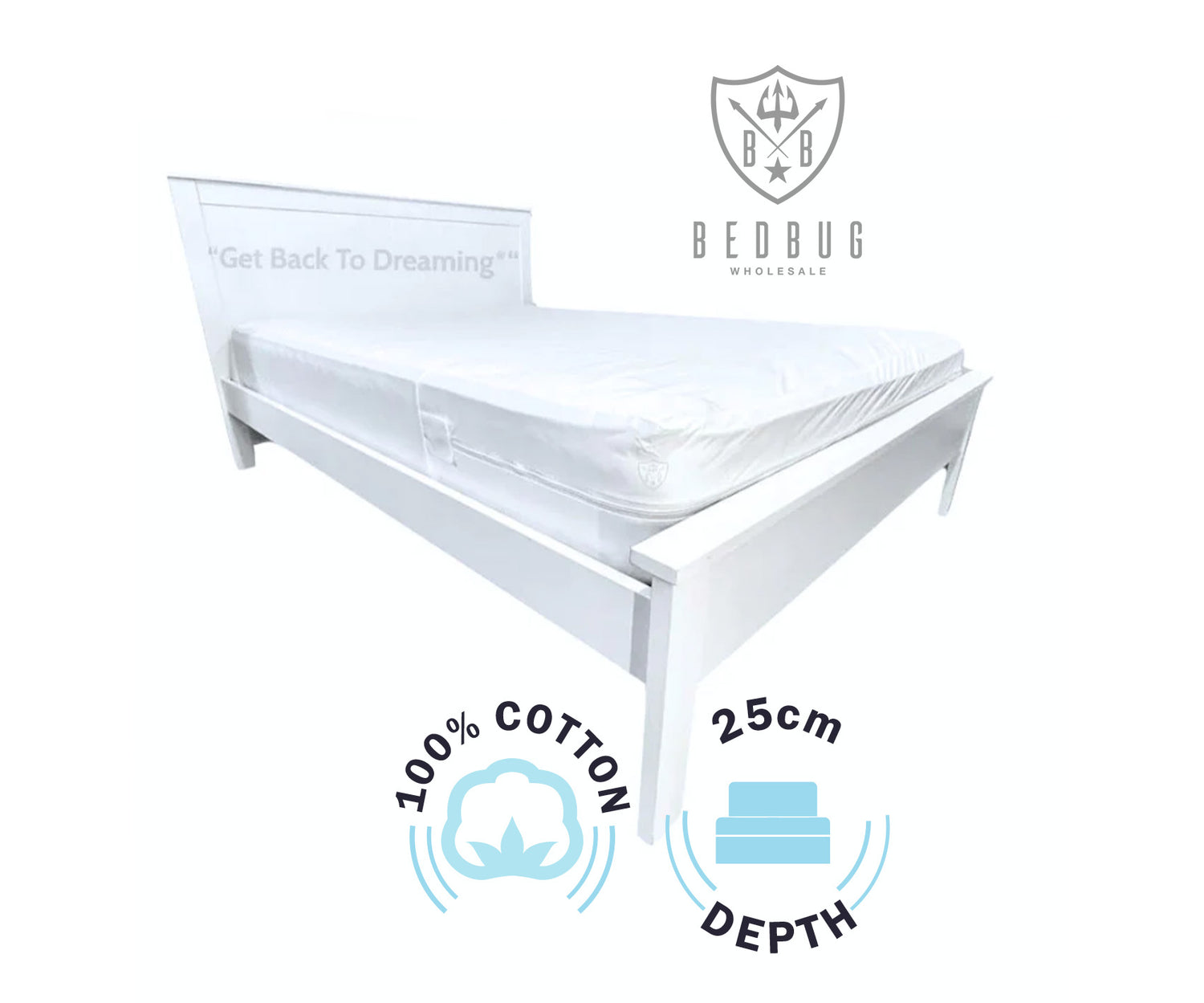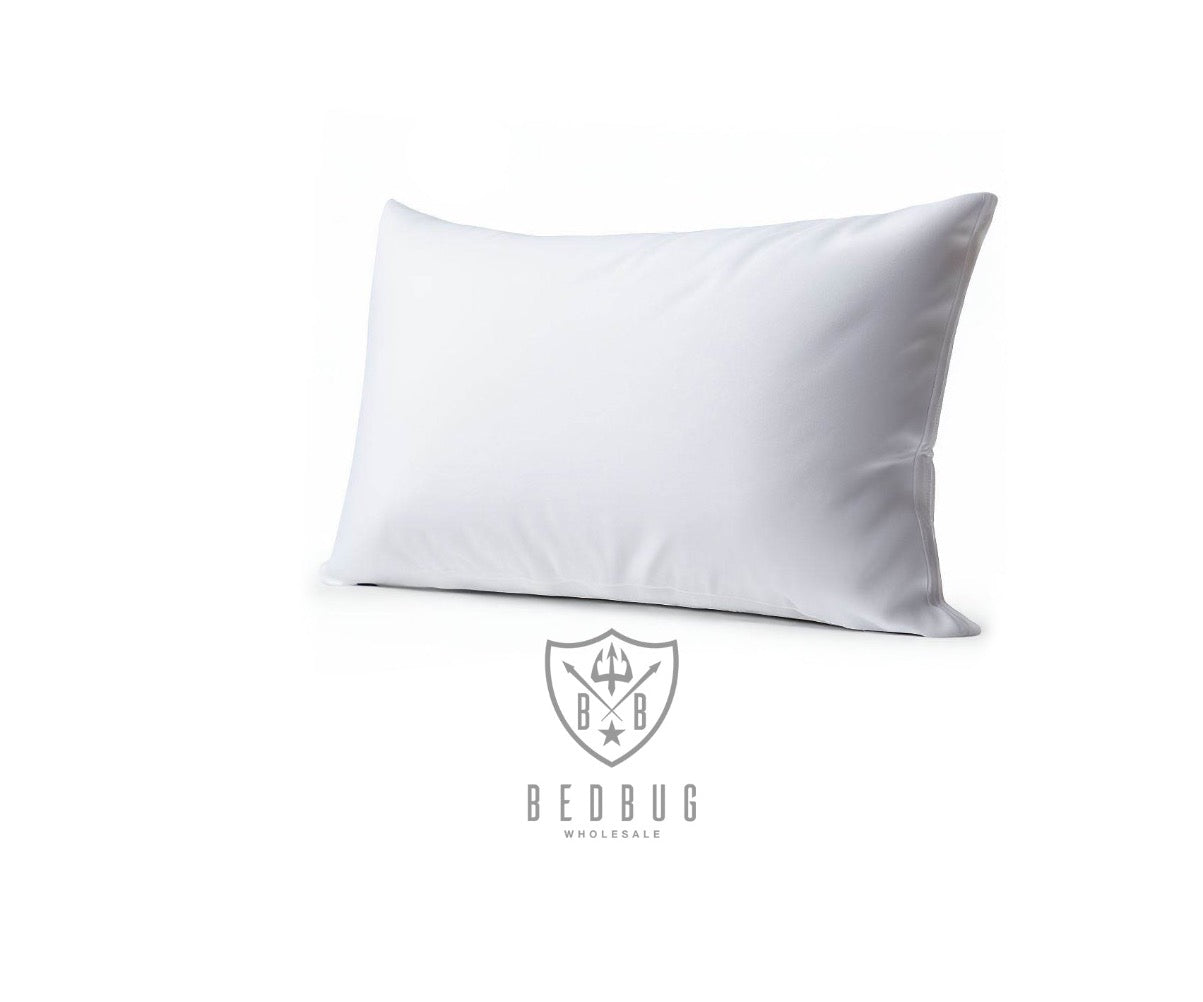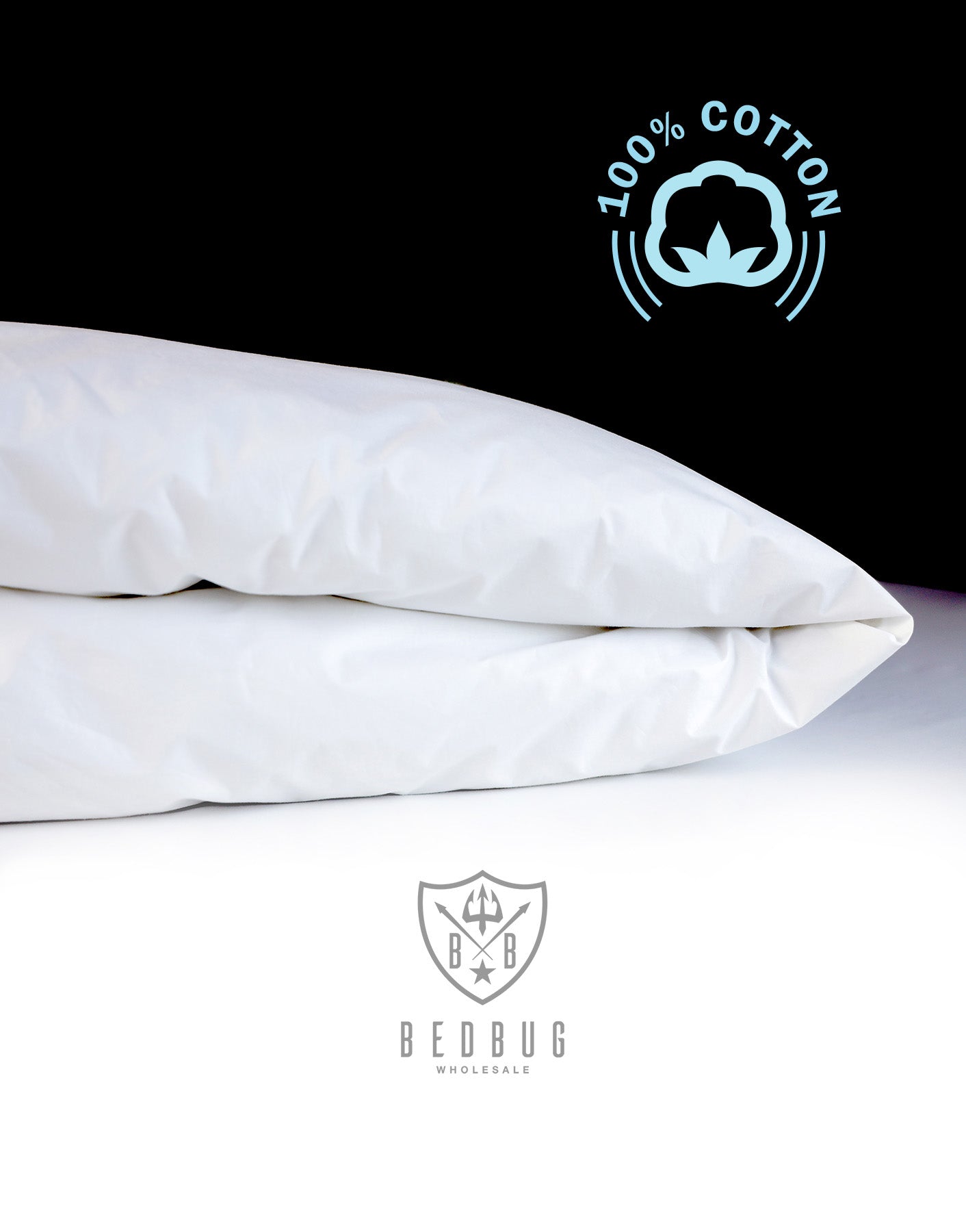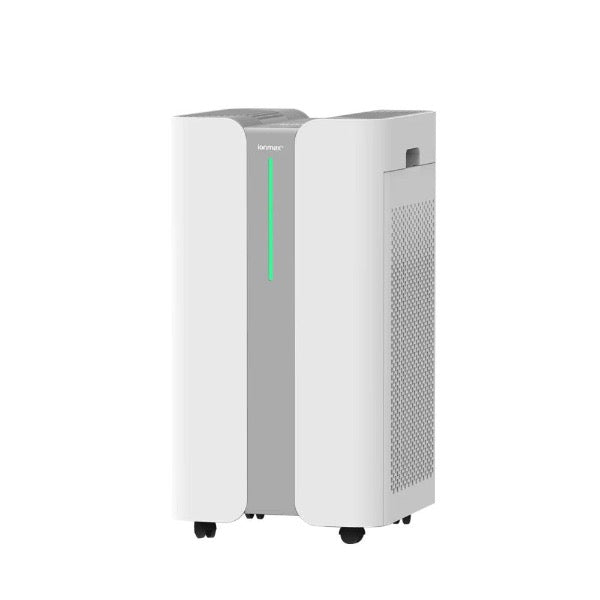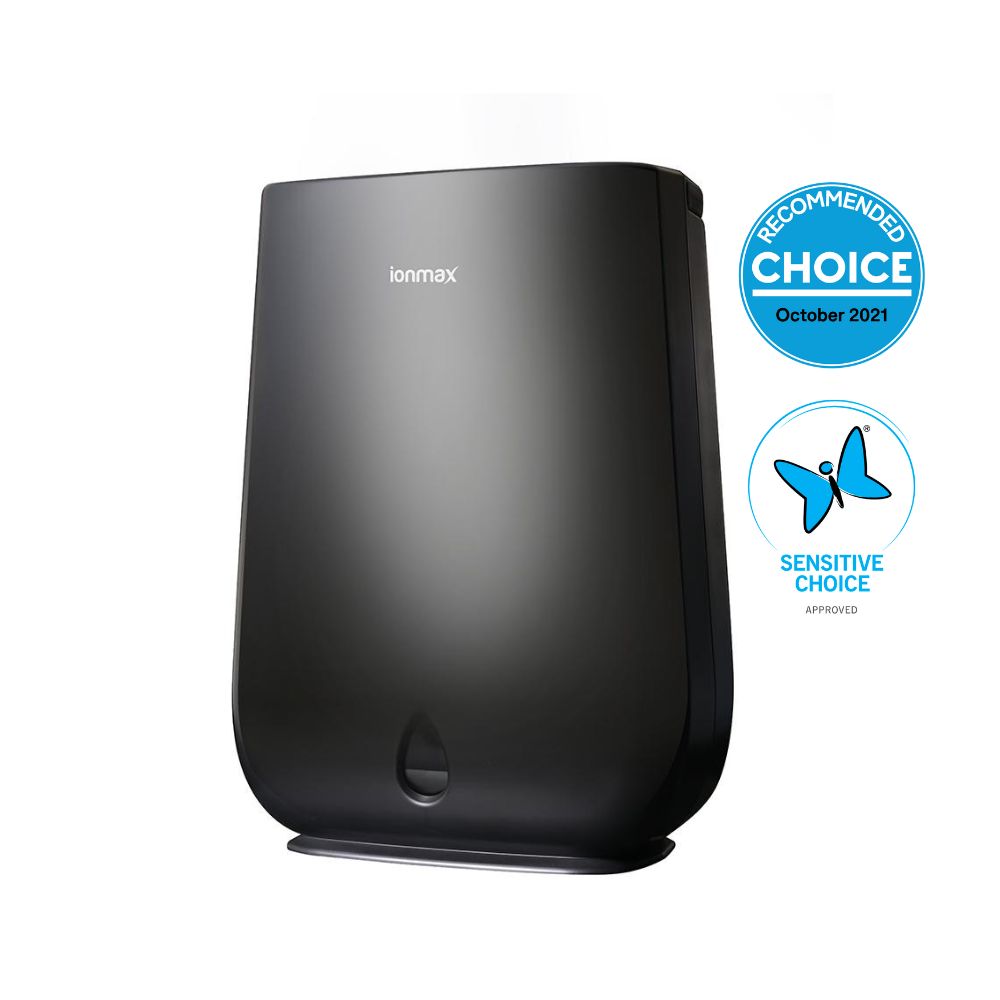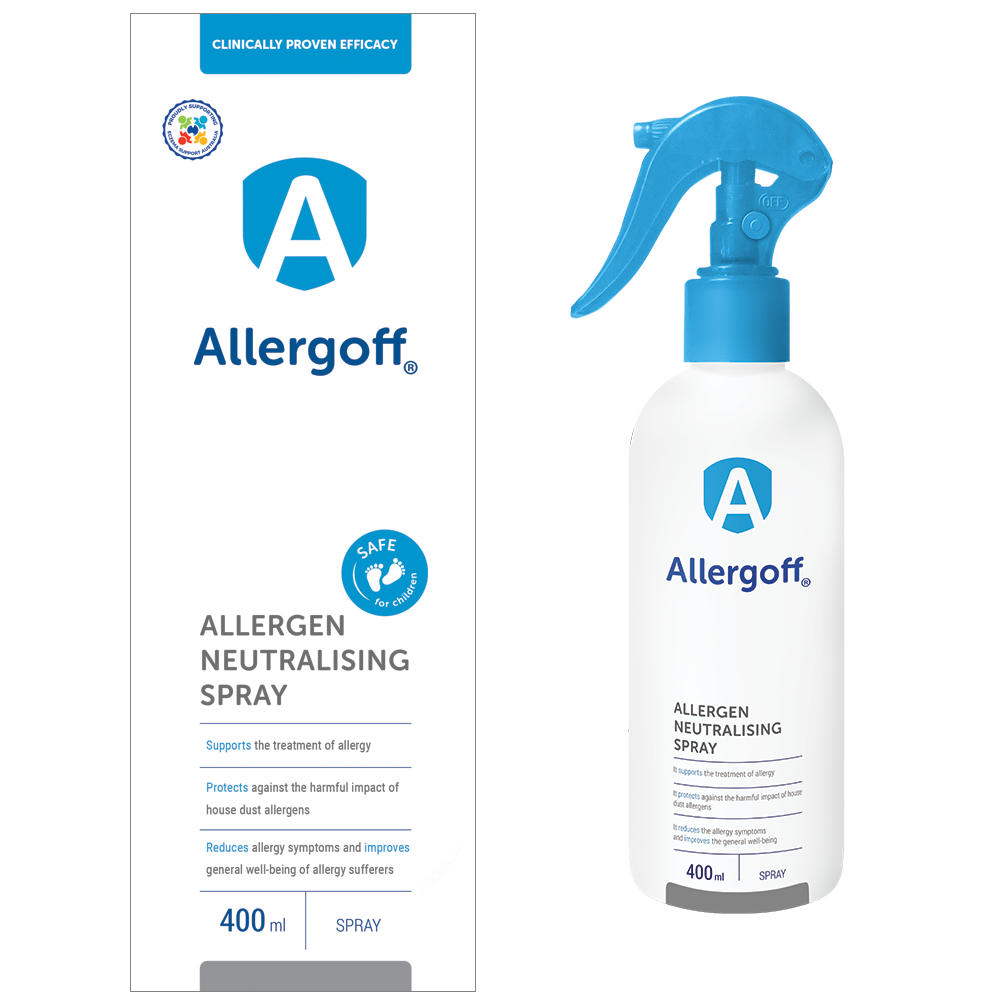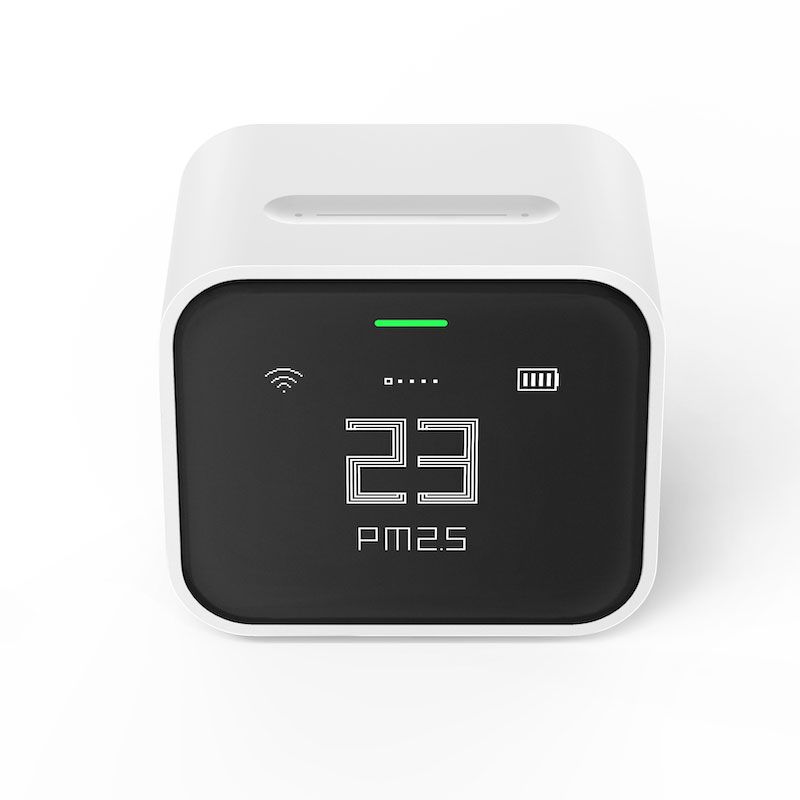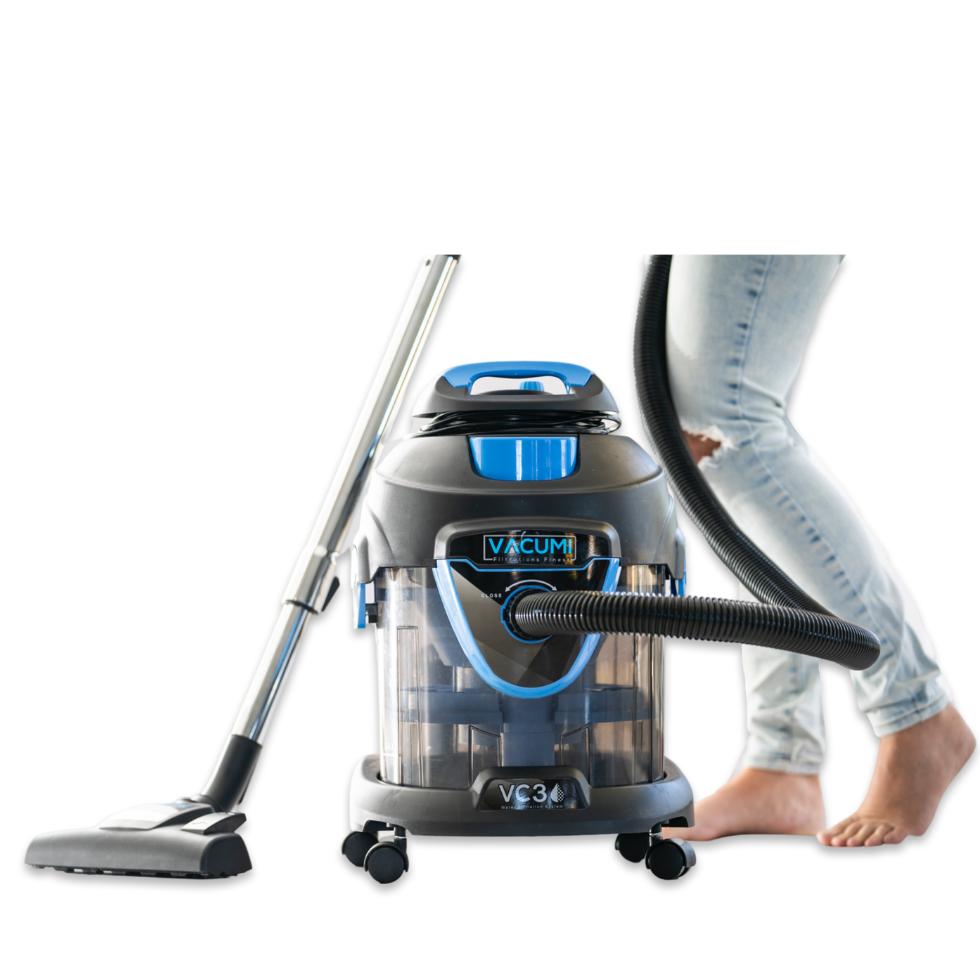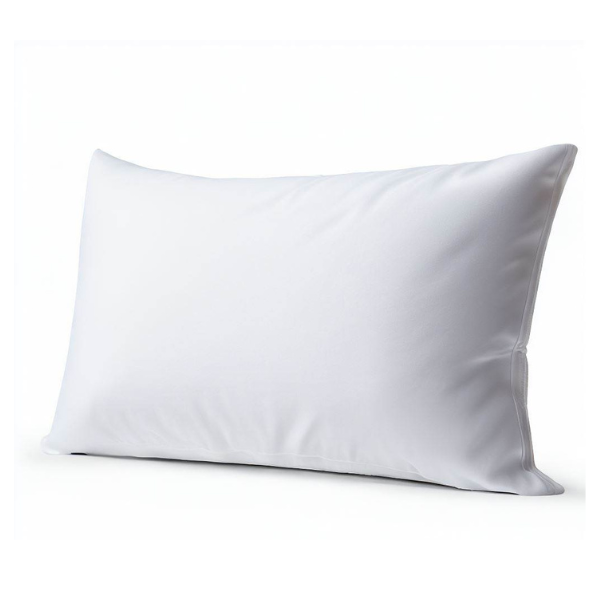Are you constantly sneezing and waking up with itchy eyes? You might have a dust mite infestation in your mattress.
Do Dust Mites Live in Mattresses?
What Are Dust Mites?
How to Get Rid of Dust Mites in Mattress?
The Health Risks Associated with Dust Mites
Steps to Get Rid of Dust Mites
Use a Comprehensive Strategy to Effectively Get Rid of Dust Mites
Do Dust Mites Live in Mattresses?
Did you know that the average mattress can harbor between 100,000 to 10 million dust mites? In fact, after just two years, 10% of your pillow's weight could be made up of dead dust mites and their droppings!
The age and condition of your mattress, along with local climate and hygiene habits, mean you’re likely sharing your bed with dust mites.
Fortunately, there are effective ways to reduce their impact on your allergies. In this step-by-step guide, we’ll show you the best tips and tricks to eliminate dust mites from your mattress.
What Are Dust Mites?
Dust mites are microscopic creatures that thrive in warm and humid environments, making your mattress an ideal breeding ground. They feed on dead skin cells and their droppings can trigger allergic reactions to people who are sensitive, causing discomfort and affecting sleep quality.

Can you see dust mites on your mattress?
How to Get Rid of Dust Mites in Mattress?
To eliminate dust mites, it's essential to regularly clean and maintain your mattress. Please note that due to the build of your mattress, it might be impossible to completely get rid of dust mites.
Steps to Get Rid of Dust Mites in Mattress
Step 1: Vacuuming your mattress and bed
- The first step in eliminating dust mites from your mattress is to thoroughly vacuum and dust the surface. This will help remove any loose debris, dead skin cells, and dust mite droppings that may be present. Follow these steps to effectively clean your mattress:
- Start by removing all bedding, including sheets, pillowcases, and mattress covers.
- Use a vacuum cleaner with a high-efficiency particulate air (HEPA) filter to vacuum the entire surface of the mattress. Pay special attention to the seams, crevices, and edges.
- After vacuuming, wipe the mattress with a clean, damp cloth to remove any remaining dust or debris.
- Allow the mattress to air dry completely before moving on to the next step.
Please note that even despite your best efforts, dust mites can live deep in the layers of your mattress and getting rid of them might prove very difficult.
Step 2: Washing, drying and freezing your bedding
In addition to cleaning your mattress, it's crucial to regularly wash and dry your bedding to eliminate dust mites and their allergens.
- Consider purchasing allergy-friendly bedding.
- Sheets, pillowcases, and mattress covers should be washed in hot water (at least 60°C) to kill dust mites and remove allergens.
- If possible, consider using a dryer with a high heat setting or air-drying your bedding in direct sunlight. Both methods can help kill dust mites and their eggs.
- Wash your bedding at least once a week to maintain a clean and dust mite-free sleeping environment.
Step 3: Using dust mite mattress, pillow and duvet protectors
To create a barrier consider encasing your mattress, pillows and duvet. These specially designed dust mite covers act as a barrier, preventing dust mites from penetrating your mattress and releasing their allergens. Here's how to use them effectively:
- Select mattress and pillow encasements that are specifically designed to be allergen-proof.
- Carefully encase your mattress and pillows with the allergen-proof covers. Make sure all sides are securely sealed to prevent dust mites from entering or escaping.
Step 4: Regularly washing and drying stuffed animals and pillows
Stuffed animals and pillows can harbour dust mites and their allergens, especially if they are frequently in contact with your mattress. To keep these items dust mite-free, follow these steps:
1. Wash stuffed animals and pillows in hot water (at least 60°C) to kill dust mites and remove allergens. Check the care labels for specific washing instructions.
2. If the items are not machine washable, place them in a plastic bag and freeze them for 24 hours. This can also kill any dust mites present.
3. After washing or freezing, thoroughly dry the items in a dryer or in direct sunlight to ensure all dust mites and their eggs are eliminated.
Regularly washing and drying stuffed animals and pillows can help maintain a dust mite-free sleeping environment and reduce the risk of allergic reactions.
Step 5: Keeping the bedroom clean and clutter-free
In addition to cleaning your mattress and bedding, it's essential to keep your bedroom clean and clutter-free to prevent dust mites from returning. Follow these tips to maintain a dust mite-free sleeping environment:
- Vacuum and dust your bedroom regularly, paying attention to areas where dust accumulates, such as baseboards, curtains, and furniture.
- Minimise the use of carpets and rugs, as they can harbor dust mites and their allergens. Opt for hardwood or tiled floors instead.
- If you have a pet, keep them out of the bedroom, as they can introduce allergens that attract dust mites.
- Avoid using excessive amounts of stuffed animals, decorative pillows, or other items that collect dust. Keep your bedroom as clutter-free as possible.
Use a comprehensive strategy to effectively reduce dust mites in mattress
- Maintain optimal humidity levels in your bedroom. Dust mites thrive in humid environments, so using a dehumidifier or air conditioner can help reduce their populations.
- Consider using a HEPA air purifier in your bedroom to filter out dust mite allergens and other airborne particles.
- Wash your bedding in hot water at least once a week to kill dust mites and remove allergens effectively.
- Regularly replace or clean air filters in your HVAC system to prevent dust mites and other allergens from circulating in your home.
Read our comprehensive guide to get rid of dust mites in every room of your house.

